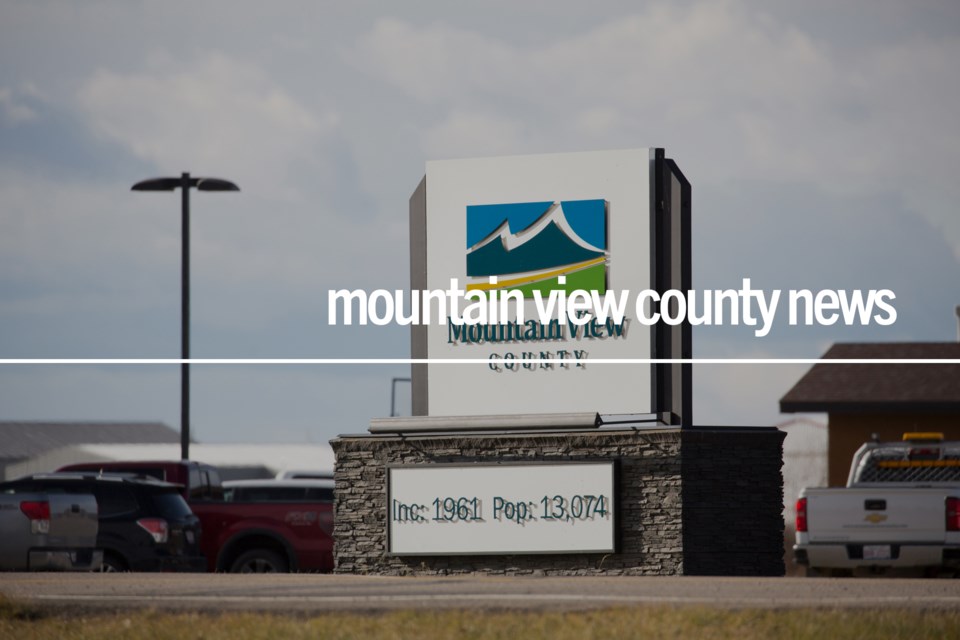MOUNTAIN VIEW COUNTY - County council has reviewed a draft of the municipality’s latest long-range infrastructure plan and forwarded the document to 2023 budget deliberations.
The move came by way of motion at the recent regularly scheduled council meeting, held in person and on Zoom.
The plan includes proposed bridge projects, including 2023 projects such as bridge replacement over Dogpound Creek at Carstairs ($1.13 million), bridge replacement over Rosebud River at Didsbury ($940,000), and bridge replacement Carstairs Sheep Coulee ($350,000).
Put together by a committee including council members, administration and staff, the plan brings together current and future priorities for roads, bridges and other infrastructure in the county and covers 2023 to 2028.
“With the ever-increasing cost of capital projects, as well as the extended time frame to identify, engineer, plan, and execute significant capital projects, the need for a strategic long-term plan is paramount for the county,” the plan states.
“The purpose of this strategic plan is to collect all the information beyond engineering studies regarding the current and future infrastructure needs within Mountain View County and organize it into one document to produce a long-range plan. This will allow for more efficient capital funding and to also promote the retention, expansion, and growth of commerce and industry in the allocated areas identified in the current municipal development plan (MDP) and area structure plans (ASP).”
The plan has been developed with input from all county departments in the multi-disciplinary committee.
“It is the consensus of the committee that the current county road network is adequate and in good repair for the current traffic and community needs.”
The plan identifies suggested capital investment in infrastructure, prioritizing which projects should be done in the next five to 10 years, and identifies projects that have been engineered but have been deferred with the reasoning for deferral.
“Council ultimately has the final say on which projects will be included in the approved budget.”
The committee made a number of conclusions outlined in the plan, including the following:
• It is not recommended to pre-invest in infrastructure that could support high density development in areas that are identified in policy (MDP and ASPs) but have not yet received approval. Although the county has strong policy around directing commercial/industrial and high-density residential development to specific areas within the county, it is up to developers to purchase the land and propose development to the county. This means that the timing of development will always be uncertain.
• All county road upgrades will be considered on a case-by-case basis. A comparative analysis and budget are required for each project.
• Each project will be evaluated on a risk analysis basis. This should include criteria such as: the number and size of wetlands in the area; environmental and enhanced timelines due to new framework; the availability of qualified contractors to do the work; the amount of land acquisition required for the project; the availability of gravel and borrow; timing of the provincial approval process and the grant application process where applicable.
• Capital upgrade of roads should be focused on the highest traffic areas and those providing access to the towns where county residents access services. Although there are no set values for traffic counts that would currently trigger road upgrades, there is much value to be gained in monitoring the changes and road traffic patterns, which is done frequently with the county’s traffic counters.
The committee also stated that, “Reserves will be used so that in most cases the county will not need to use long-term financing to complete initiatives. This means that when we know of a large future initiative the county will start building reserve funds over a number of years in order to have collected funds in advance to pay for the initiative.
“Current taxpayers will be paying for future initiatives but would receive the benefits of past initiatives and the benefit of earning rather than paying interest. However, the need to use long-term financing should not necessarily cause an initiative to be rejected.”



